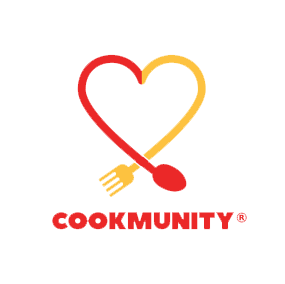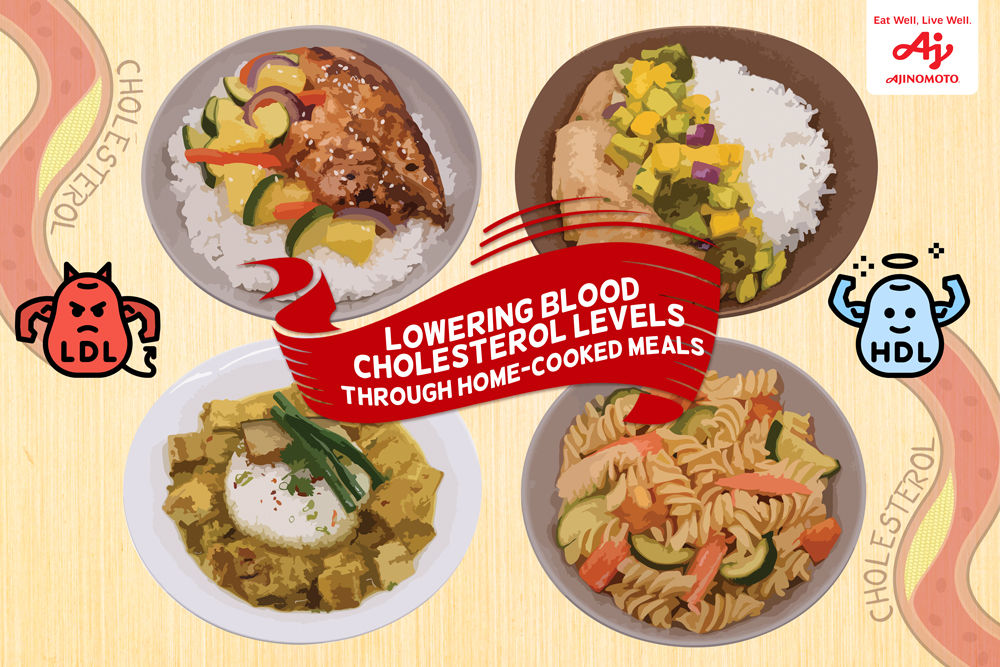
URL Copied
March 3, 2021 9:00 am
March 3, 2021 | 9:00 am

High cholesterol levels among Filipinos is a growing concern. According to the 2013 National Nutrition Survey by FNRI, 41.9% of Filipinos ages 20 years old and above has borderline to high cholesterol levels. This means that 1 out 2 Filipinos has it, but may not even be aware of it.
But what is cholesterol and why does it matter?
Cholesterol is a waxy, fat-like substance naturally found in our bodies. In appropriate amounts, our body produces and uses cholesterol to make hormones, bile acids, Vitamin D, and other substances needed by the body. It circulates in our blood stream but it cannot travel by itself. As with oil and water, cholesterol (which is fatty) and blood (which is watery) do not mix. So cholesterol travels in packages called “lipoproteins” which have fat (lipid) inside and protein outside.
There are 2 types of lipoproteins in our bodies:
When there is too much cholesterol in the blood, cholesterol can be trapped in the artery walls which may cause a build-up (plaque). Over time, the plaque can narrow the blood vessels and make them less flexible. This leads to an increased risk of developing heart diseases such as coronary heart disease and heart attacks.
Limiting the intake of fat in diet helps in managing our cholesterol levels. Particularly, it will be helpful to limit foods that contain:
On the other hand, moderate consumption of food items rich in good fats- polyunsaturated fat and monounsaturated fats- can help in raising good cholesterol levels in the bloodstream.
Limiting cholesterol and total fat intake can be challenging. That is why we have crafted nutritious recipe suggestions to help you start your low cholesterol journey through these home-cooked meals. These dishes were developed using ingredients that are low in cholesterol, low in fat, low in saturated fat, but are good sources of good fat which can help in improving HDL or the good cholesterol level in the body. The recipes were also cooked using less oil to make sure that fat intake are in moderate amounts. Most especially, these dishes were made delicious by using Ajinomoto’s safe and high quality products.

This article contains general information about exercise, fitness, diet, nutrition and related subjects intended for general educational purposes only. The words and other content provided in this material, and in any linked or referenced materials, are not intended and should not be construed as a health, medical, fitness, diet or nutrition advice. Always consult with a licensed physician and/or health workers before beginning any exercise, fitness, diet or nutrition routine especially if the reader is pregnant or having a special medical condition. Information presented herein, are in no way intended to substitute formal and legitimate consultations with your healthcare providers.
The views expressed on this blog and website have no relation to those of any academic or organizations mentioned as reference in this article.
References:
Food and Nutrition Research Institute-Department of Science and Technology (FNRI-DOST). 2015. Philippine Nutrition Facts and Figures 2013: Clinical and Health Survey. FNRI Bldg., DOST Compound, Bicutan, Taguig City, Metro Manila, Philippines
Food and Nutrition Research Institute-Department of Science and Technology (FNRI-DOST). 2008. Nutritional Guidelines for the Prevention of Heart Diseases and Diabetes Mellitus. FNRI Bldg., DOST Compound, Bicutan, Taguig City, Metro Manila, Philippines
National Institutes of Health. 2005. Your Guide to Lowering Your Cholesterol with TLC. Retrieved from https://www.nhlbi.nih.gov/files/docs/public/heart/chol_tlc.pdf
Nutritionist-Dietitians’ Association of the Philippines. 2010. Diet Manual. 5th edition. NDAP, Unit 1106 Herrera cor. Valero Streets, Salcedo Village, Makati, Metro Manila/